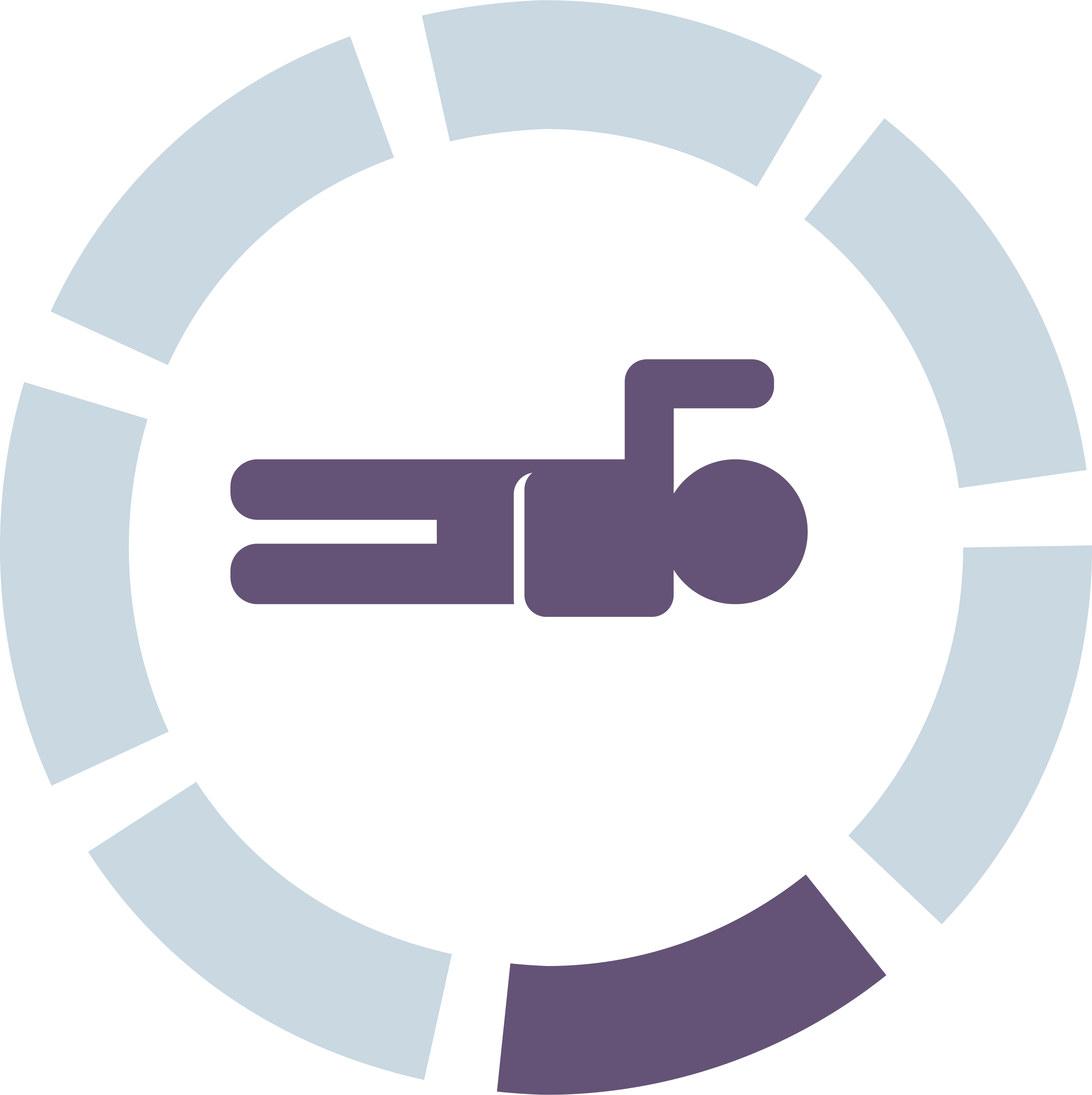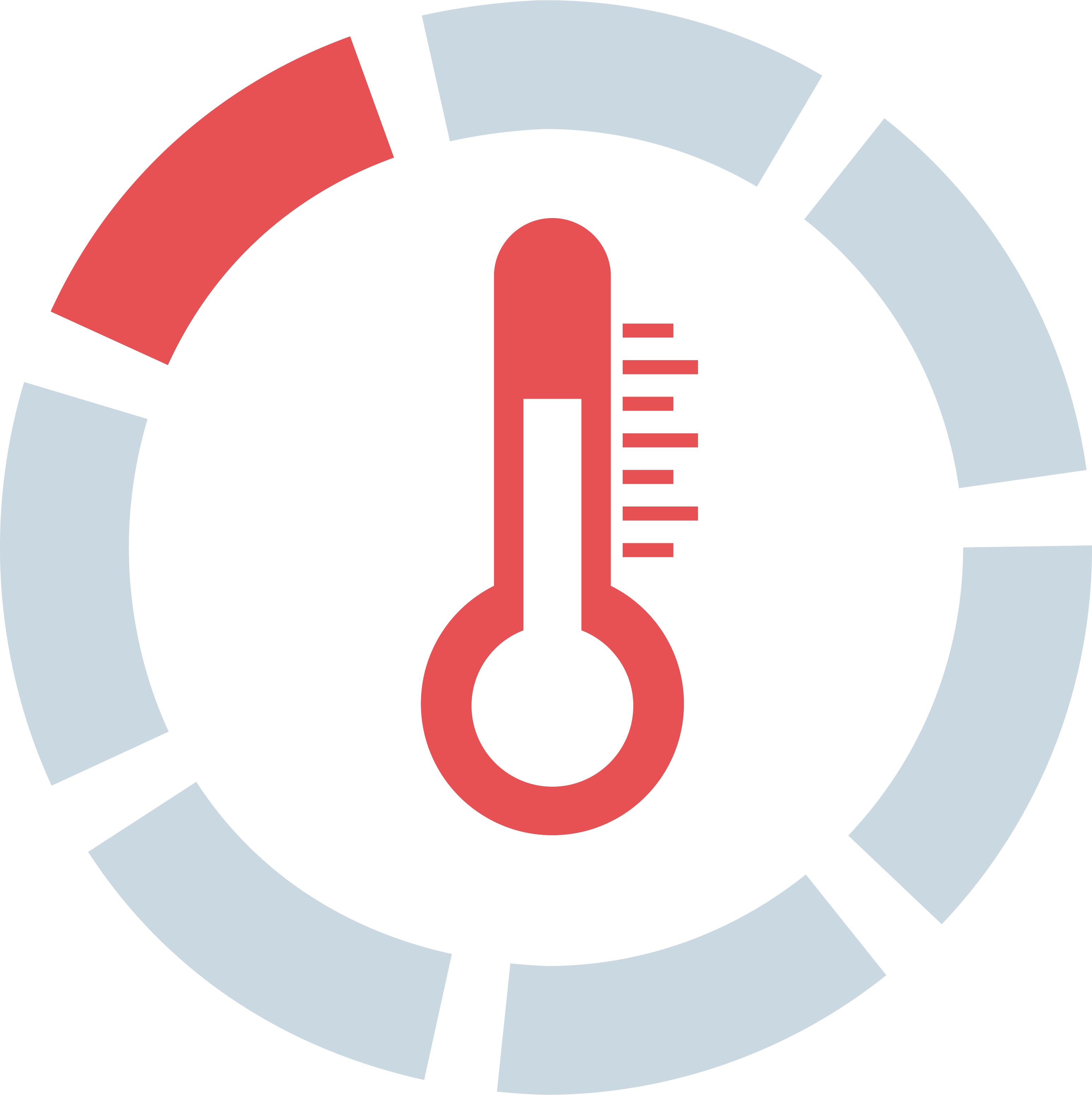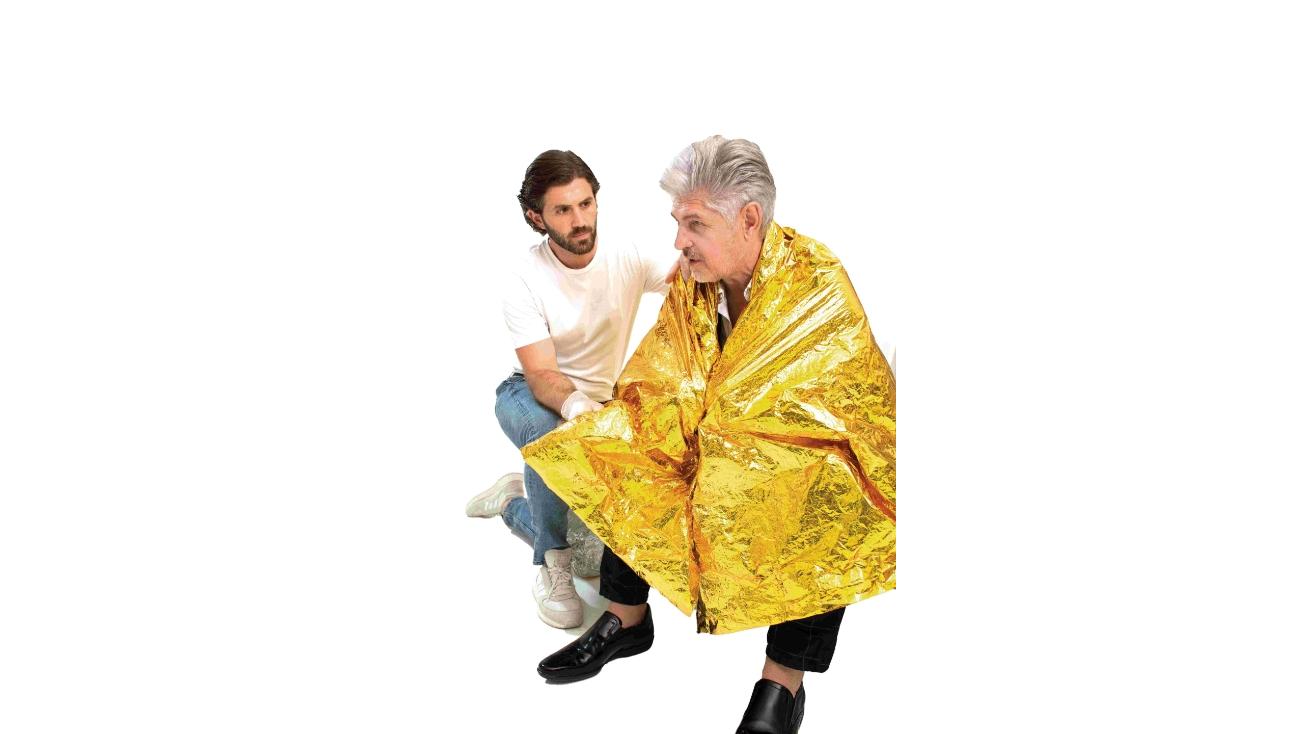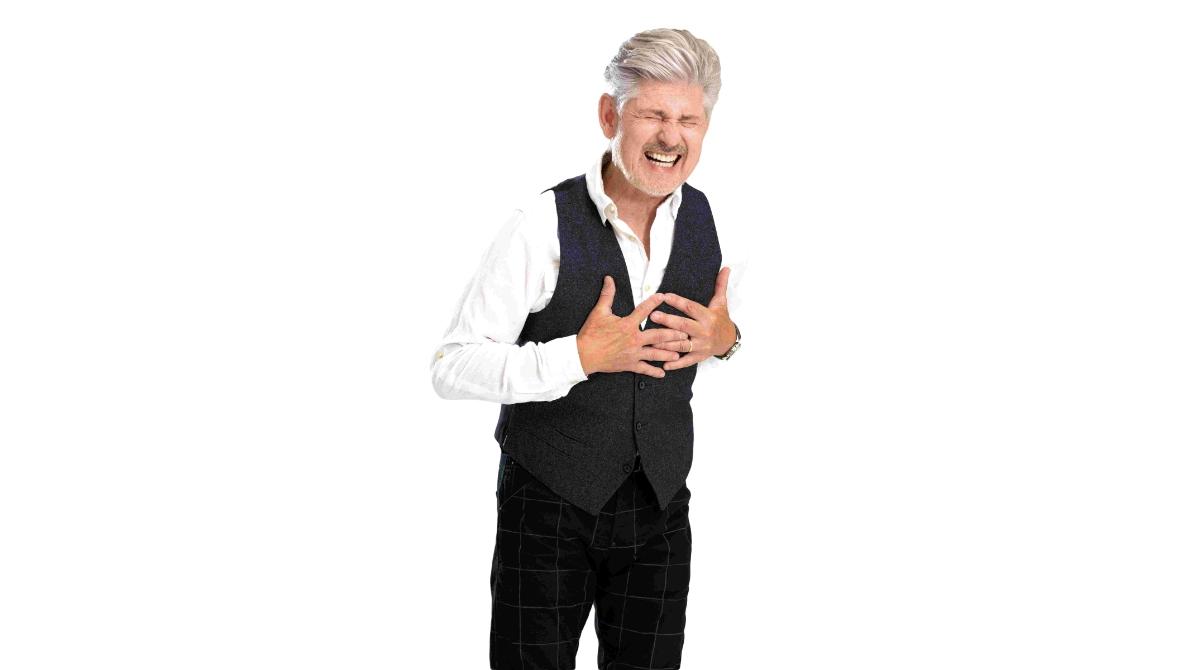
SAFETY FIRST






Gloves: Protect yourself and others: put on disposable gloves.


CONDITION CHECKING





See: Pale skin, sweating, possibly swollen neck veins, possibly vomiting.
Hear: Complaints of dull, sharp, or pressing pain in the chest, left upper arm, upper abdomen, or jaw area. Shortness of breath and nausea.
Feel: Clammy skin.



CALLING FOR HELP




Emergency call 112: Make an emergency call.
The 5 W questions:
Where did the accident happen?
What happened?
How many people are affected?
What injuries?
Wait for further questions!
Use speakerphone: Turn on your phone’s speaker to keep your hands free.
Do not hang up: End the call only when the control center tells you to.
Involve bystanders: Have them to provide a visual cover to protect the person from curious looks.
Report condition changes: Inform the control center if the person's condition changes.




POSITIONING




Upper body up: Keep the upper body elevated and the legs low – the person should be able to lean back comfortably and sit as safely as possible.
Clothing: Loosen tight clothing. Provide fresh air.





WOUND DRESSING


As needed: If injuries are present, dress them accordingly.






COMFORTING

Don't leave: Stay with the person. Your presence and kind, encouraging words can help.
Listen: Listen actively, respond to their fears and worries, and show that you're there for them.







TEMPERATURE MANAGEMENT

Prevent heat loss: Place a jacket or emergency blanket around the person.



